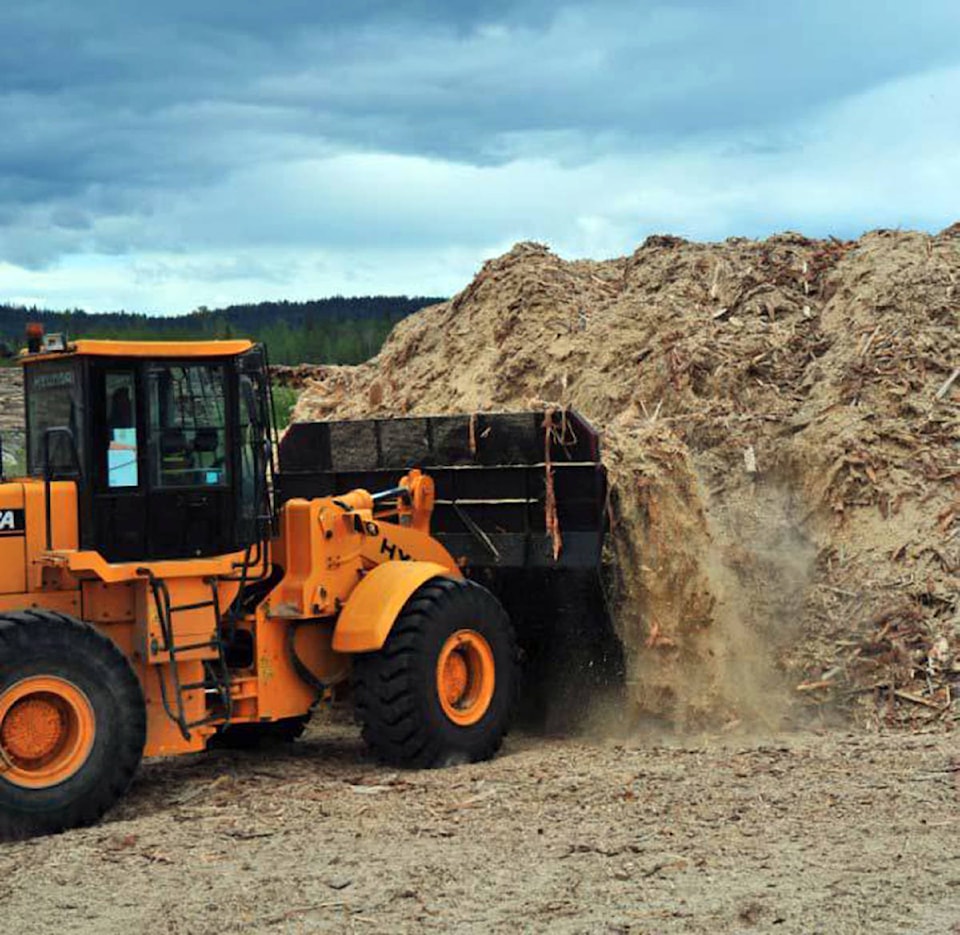A new landmark agreement, coming from the Office of the Premier, is slated for key public-sector infrastructure projects in the B.C. communities that need it the most.
According to a news release issued by the Office of the Premier in collaboration with the Ministry of Transportation and Infrastructure, the new agreement will reportedly deliver sustainable jobs with fair pay, better employee training and apprenticeships, while also promising to provide more trades opportunities for Indigenous peoples, women and youth around the province.
“British Columbians rightfully expect B.C. projects to benefit B.C. workers, families and communities. Our new Community Benefits Agreement will help deliver those benefits,” said Premier John Horgan.
“With this agreement, we’re not just investing in roads, bridges and other infrastructure, we’re investing in good jobs and new opportunities for people who live in B.C.,” continued Horgan. “And with our focus on expanding apprenticeships for young British Columbians, we’re helping build B.C.’s next generation of construction workers.”
Some of the key points highlighted within the agreement include a target approach towards maximizing apprenticeship opportunities on major public-infrastructure projects, while also prioritizing the hiring of and training of Indigenous peoples and women.
Furthermore, locals will supposedly benefit from this new infrastructure agreement. For projects in any given community, like Vanderhoof, there will be priority hiring for the qualified individuals who live within the community, or within close proximity of the projects.
Additionally, those working in the infrastructure industry will have access existing training programs, with the agreement also highlighting that it will not only identify skill gaps, but move forward and address them as well.
Local contractors, per the news release, will also be given hiring flexibility, as they will be able to request name hires from reliable workers. Finally, wage alignment to the prevailing industry standards will ensure that all employees are subject to good wages.
Currently, the first project slated to be delivered under the new community benefits framework are the new Pattullo Bridge and the four-laning projects on the Trans-Canada Highway between Kamloops and Alberta. Future projects are obviously expected to come for workers across the province.
“British Columbians deserve the opportunity to work on major government projects being built in and near their communities,” said Claire Trevena, the Minister of Transportation and Infrastructure. “This Community Benefits Agreement will put local people first in line for good jobs building the roads, bridges and other infrastructure we need.”
Under the provincial government’s new Community Benefits Agreement, the Province is promising that a diverse and qualified workforce will be supplied for unique, major public infrastructure projects through a newly created Crown corporation, BC Infrastructure Benefits Inc. (BCIB).
Per information provided in the news release, BCIB will hire the aforementioned select project’s construction workers, while also working in conjunction with unions and contractors to dispatch labour, while also managing behind the scenes work, like payroll and benefits.
“We continue to work with Indigenous groups and women in trades to expand apprenticeship and employment opportunities,” said Tom Sigurdson, the executive director for BC Building Trades. “Under a Community Benefits Agreement, these initiatives will translate directly into apprenticeship completions, which, in turn, will allow B.C. residents to support their families, to invest in their communities and to build the B.C. economy.”
Ultimately, one of the major goals underlined in this new agreement is fostering additional opportunities in communities.
For Vanderhoof, that means that if and when major infrastructure opportunities arise around the community, local workers will have greater access to work opportunities in the community and subsequently build, invest and stay in their communities.
Local infrastructure workers from the Saik’uz First Nation will also benefit, as the Government states that Indigenous peoples, women and other traditionally under-represented groups will have priority access to employment and training opportunities in and around their communities.
